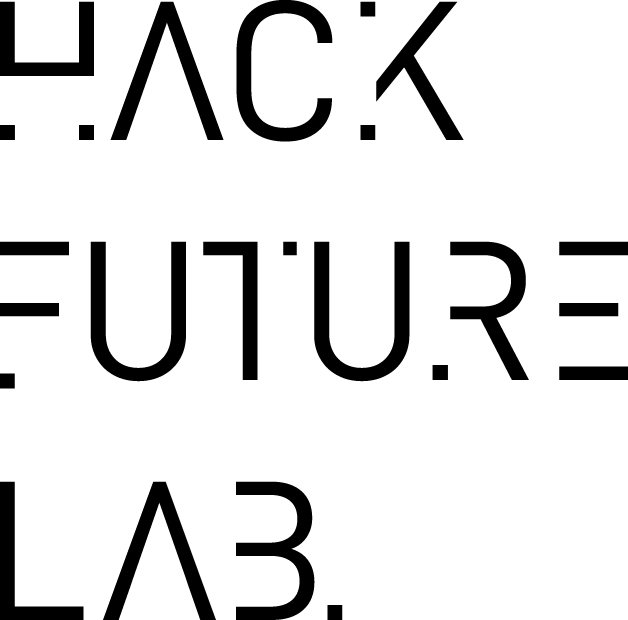Forever Beta
Lead and embrace perpetual learning in 2023
While leaders all over the world are rethinking the future of work, talent and leadership what are the top success headlines for 2023?
The big story for leaders in 2023 is ‘Forever Beta’, which I define as leading and embracing perpetual transformation. I recently got invited to speak at the Nordic Business Forum about the future of leadership and how many leaders are currently stuck between the certainties of the past and the unknowns of the future. I believe a change in perspective is worth at least 80 IQ points because your current perceptions are grounded in your past assumptions. Re-perception — the ability to see, hear or become aware of something new in existing information and notice the blind spots that we are blind to — is at the heart of leadership and is crucial for sustaining vitality for the long term.
One of the clearest signs of a high learning orientation is rethinking your assumptions and updating your opinions. It’s about directionality (clarity of mind) and materiality (activation). Operating at the edge of uncertainty, context becomes key. Future readiness means leaders should strengthen their context-setting, culture-setting, and pace-setting capabilities. This means:
context over control;
curiosity over conformity;
resilience over fear;
speed over certainty;
and simplicity over complexity
Forever Beta is defined as a way of leading and managing that inspires workers to challenge the status quo and reject taken-for-granted norms. It starts with the curiosity to learn and the courage to unlearn. Learning helps leaders evolve, and unlearning helps as the world evolves.
What is one of the biggest leadership challenges for 2023?
If there’s one challenge for leaders in 2023, it would be to remember that data isn’t the new oil. Attention is the new oil. Attention to culture and talent. Attention to sharpening the growth and value agenda. Attention to adopting new agile ways of leading. And attention to redesigning work that prioritises Belonging (Care and Connection), Becoming (Growth and Opportunity), and Believing (Radiate Purpose and Trust).
Research at Hack Future Lab shows that attention - and leadership attention in particular - has been blown up into millions of fragmented pixels. The accelerants have been technology and the changing nature of skills, talent and sustainable performance.
93% of leaders believe that their leadership attention is key to growth, but only 27% believe it’s a strength.
68% of leaders report either themselves or their teams are at risk of overload and overwhelm.
63% of leaders say the business decisions made today are more complex than they were 2-years ago.
41% of leaders can link decision-making to enterprise value and strategy.
28% of leaders responsible for executing strategy could only list three of their five company’s strategic priorities.
The #1 takeaway is that leaders are tired. Zoom fatigue. Meeting fatigue. Collaboration fatigue. Solution fatigue. Brain fog. With over 41 trillion dollars of enterprise value at risk and 93% of leaders expecting significant industry disruption over the next three years, leaders should ask which leadership mindsets and behaviours are emerging, enduring and eroding?
Can you share your team’s new research on the Tragedy of the Horizon?
I recently got invited to speak at a leadership conference about leading from the future alongside Mark Carney, the former Governor of the Bank of England. A key moment of truth was the "tragedy of the horizon" - a leadership blind spot that most leaders suffer from. It means a failure to lead from the future versus leading from the past. Leading from the future means curiosity over conformity, resilience over fear and agency over 'fake empowerment'. When we lead in outdated ways, it's a tax on human potential and future potential.
Which is worse? 1. We saw the trends on the horizon. or 2. We saw the trends on the horizon and didn’t act? Research at Hack Future Lab shows to lead from the future, leaders should bring the future to the present to take action today. That's how to solve the tragedy of the horizon.
A useful starting point is to ask human-centric questions that amplify sense-making and choice-making. What are the boldest questions you will ask in 2023?
Do we practise bold and focused leadership?
Do we minimise or maximise freedom and responsibility?
Do we commodify or humanise the work experience?
Do we obsess over values, not just metrics?
Do we enable wise choices, not just the fastest?
Do we strengthen existing human brilliance?
Most organizations fall short when it comes to strategic alignment too. No one knows your strategy. Not even your top leaders. Hack Future Lab’s study of S&P 500 organizations revealed that only 28% of leaders responsible for executing strategy could list three out of five of their company’s strategic priorities. Today's challenges can't be solved with yesterday's logic. Leaders should focus on three priorities and have a ‘No’ strategy to separate the signal from the noise and make things happen.
1. Who we are (Strengthen Team Identity)
2. How we operate (Empower Agility)
3. How we grow (Build Scalability)
Finally, what’s your biggest call to action for 2023?
As leaders respond to sticky inflation, supply chain shocks, Green Swan events, recessions and the war in Ukraine, there is anxiety and fear but is enough being done to spark bold leadership that matters: value creation, human vitality and resilient growth for the long-term. I challenge leaders to BE the change in 2023 and explore two big questions.
1. How will we capitalize on the disruptive forces of the last few years and empower others to BE the change with bold intentionality?
2. Do we have the right mindsets, culture and behaviours to make this happen? If not, why not?
